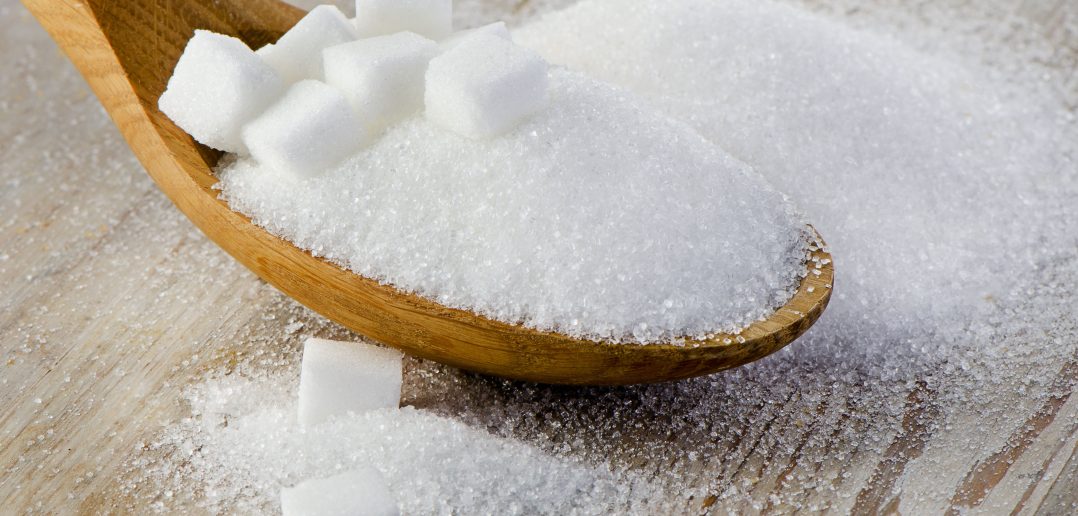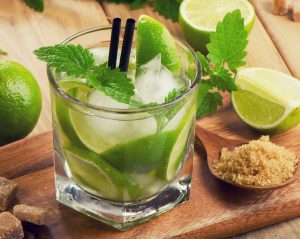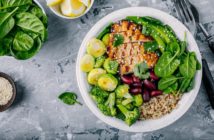Sugar has had a really bad press over the past few years, with national newspapers and prominent scientists labeling it a poisonous substance when it comes to health. Many of us are mindful of not eating too much sugar from obvious sources, like added sugar in our tea, that slice of chocolate cake or a packet of sweets. But the trouble is, much of it is hidden and this makes it incredibly easy to underestimate how much sugar we are eating.
What is Sugar?
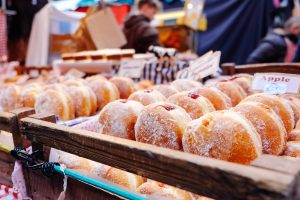
There’s sugar everywhere, it’s hard to avoid, especially when you’re faced with temptation such as these donuts!
Sugar comes in many forms – basically anything with an ‘ose’ at the end is a sugar. Simple sugars are called Monosaccharides and include glucose, dextrose, fructose and galactose. Disaccharides include what we know as table sugar – sucrose, as well as maltose and lactose. Longer chains of sugars are called Oligosaccharides, including fructo-oligosaccharides, or FOS, often included in probiotic supplements. Alcohol is also a sugar, and one of the most potent sugars we are exposed to.
Why is Sugar Bad for You?
There are various ways that sugar can impact your body negatively. The most obvious is that it promotes or accelerates dental decay. It encourages weight gain through insulin stimulation, can disrupt your energy levels, your body’s blood sugar balance, creates digestive issues such as bloating and gas, hinders you immune system by suppressing white blood cells, accelerates ageing by encouraging brittle collagen and elastin (which results in more wrinkles and can even disrupt your sleep quality and ability to get to sleep quickly.
Worst of all, it is really addictive – very few people who enjoy sugary foods are able to be moderate with their intake, which can create an unhealthy relationship with food.
How Much Sugar Should we Eat?
Health experts now recommend we don’t exceed the following total intake of ‘free sugars’ per day (bear in mind that a regular tsp = 4g):
| Children’s/Adult’s Age | Number of Teaspoon’s/grams |
|---|---|
| Aged 4 to 6 years | 5 tsp or 19g |
| Aged 7 to 10 years | 6 tsp or 24g |
| Aged 11 and over | 7 tsp or 30g |
The term ‘free sugars’ refers to the glucose, fructose or sucrose (table sugar) added to foods and drinks by the manufacturer, cook or consumer, as well as sugars naturally present in honey, syrups, fruit juices and fruit juice concentrates.
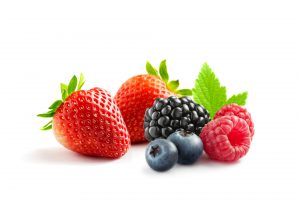
There’s sugar in sources you wouldn’t normally expect, such as healthy fruit, fruit drinks, juices and smoothies
The trouble is that sugar is often hard to spot, hidden in places like sauces (ketchup, mayonnaise, mustard), flavoured yoghurts, healthy fruit drinks, squash, cereal and snack bars, flavoured crisps and nuts, smoked salmon, bacon, bread, croissants, breakfast cereals, sugar free jams and spreads. This means your daily sugar intake can really add up without you even realising it.
Many breakfast cereals alone contain more than the recommended sugar intake for the entire day. Looking at labels gives you some idea of the sugar content – check the ‘of which sugars’ section on labels and remember that 4g = 1 tsp. Remember to then calculate the amount of sugar per portion because many portions of processed foods exceed 100g. The website www.sugarstacks.com reveals the sugar content of popular food and drinks displayed as piles of sugar cubes which clearly shows just how much sugar we may be taking in.
What About Alcohol?
It’s worth noting that alcohol is a very concentrated source of sugar, and one that hits the bloodstream quickly after ingestion. Ideally keep below 7 to 10 units a week, spread out over the course of the week and only drink with a meal to slow down absorption. Check out https://www.drinkaware.co.uk to work out your units, they are also very often underestimated.
Make the Switch to Natural Sweeteners
There are two widely available natural sweeteners that don’t disrupt blood sugar balance or undermine health:
Xylitol is derived from birch trees, and also found in various fruits and vegetables, xylitol is a white, granular sugar alternative that looks and tastes almost exactly the same as sugar and can be used to sweeten hot drinks and in cooking/baking. Xylitol has been found to be beneficial to dental health and is often found in natural toothpaste, mints and chewing gum. Intake should be increased gradually as large amounts can promote bloating and loose bowel movements.
Stevia is a South American herb that has been used as a sweetener for centuries. Many times sweeter than sugar, only a very small amount is needed. Beware of the many stevia/sugar or stevia/artificial sweetener blends on the market, instead go for natural green leaf stevia in powdered or liquid form.

